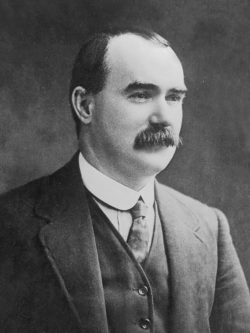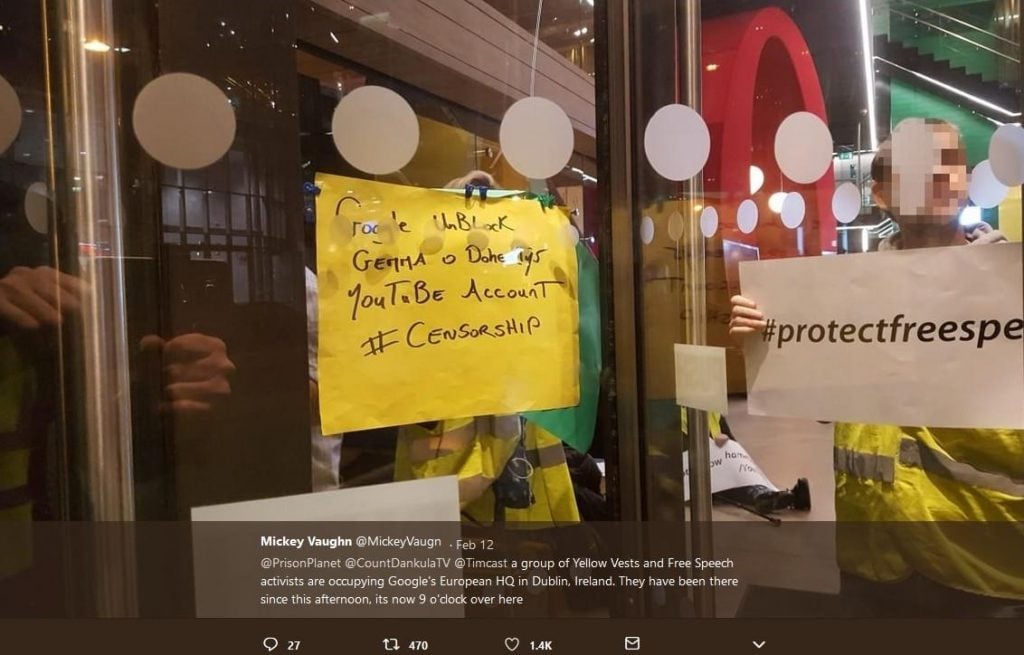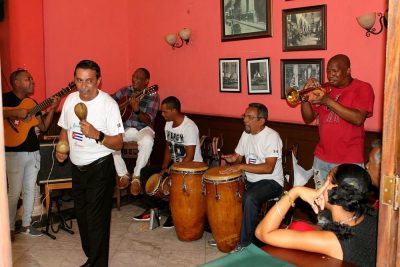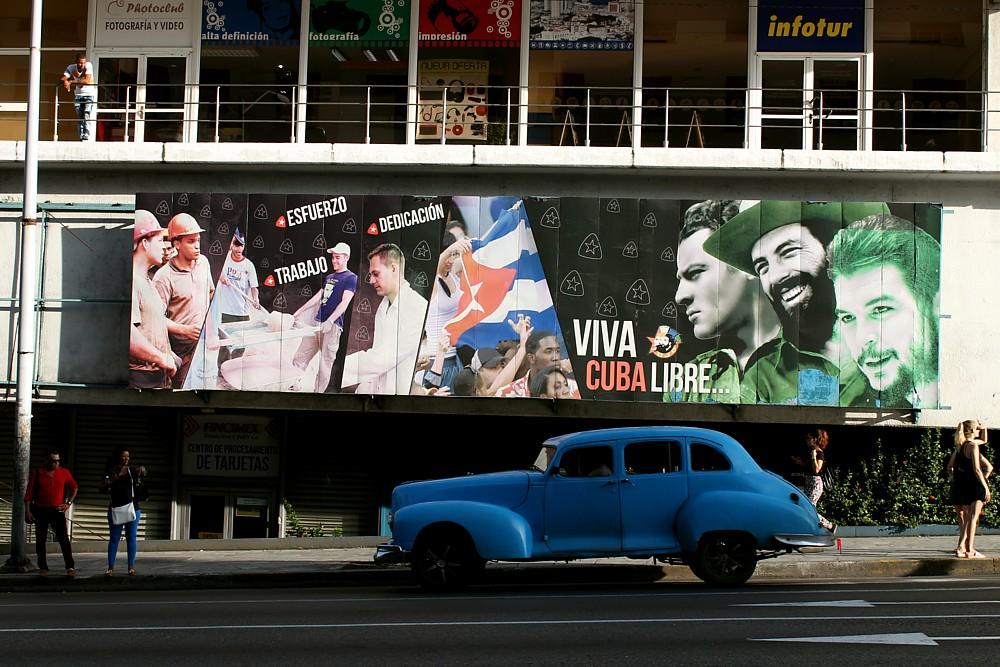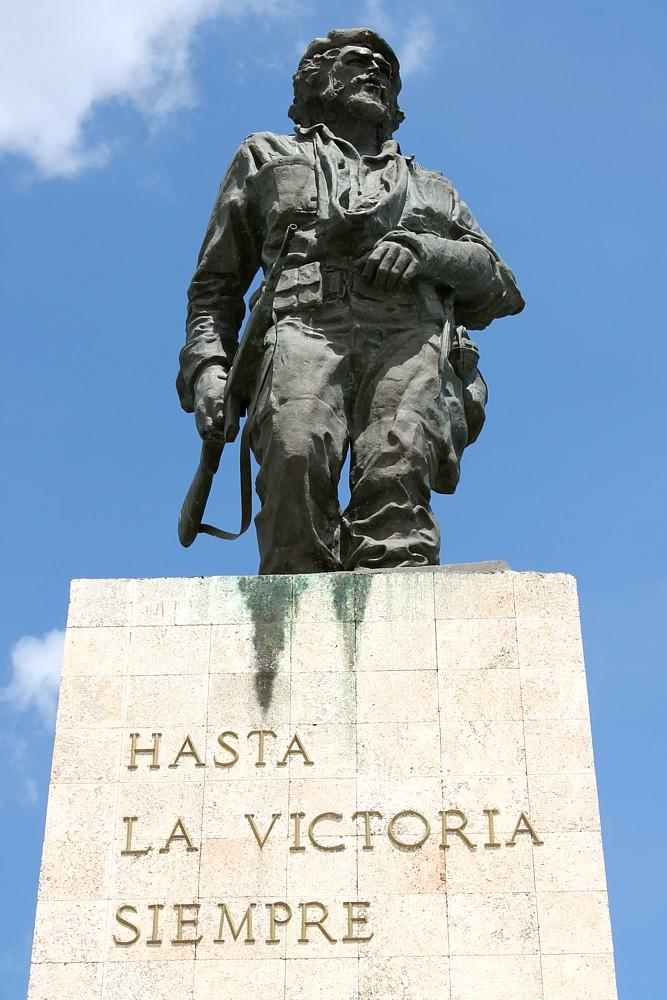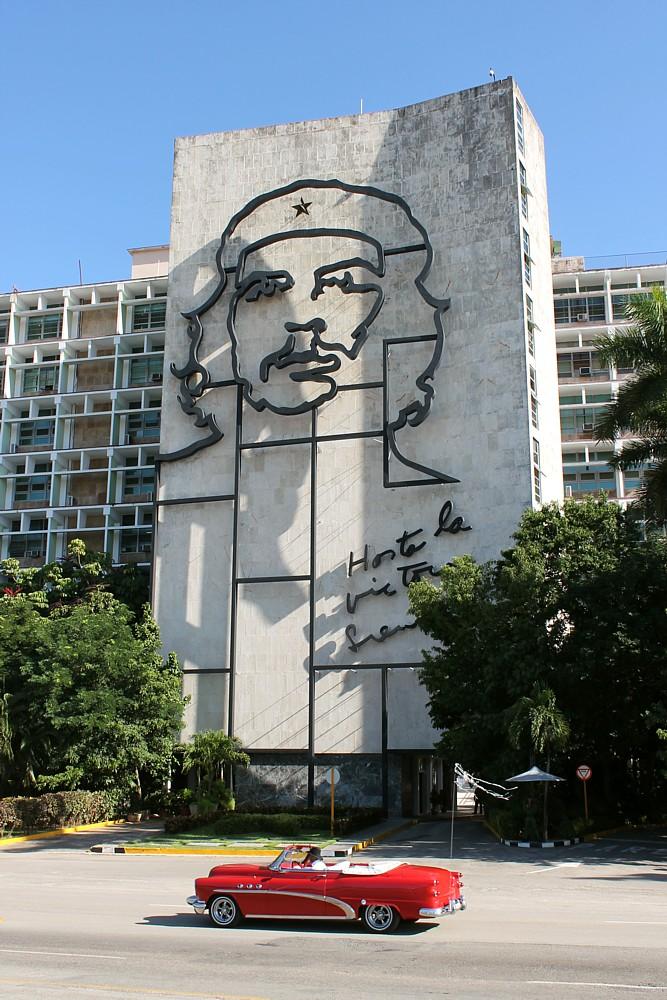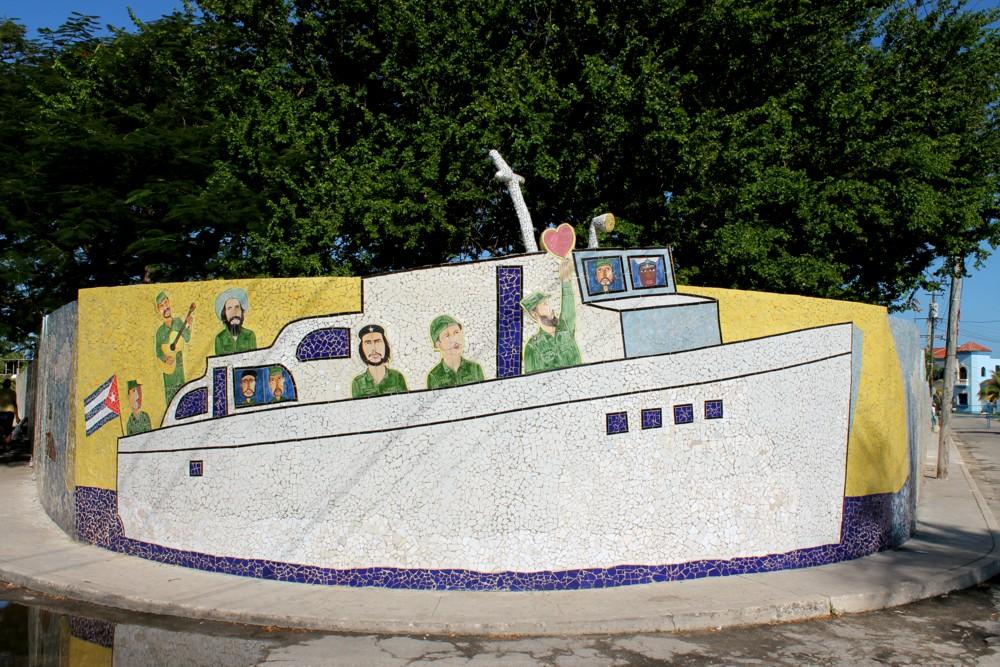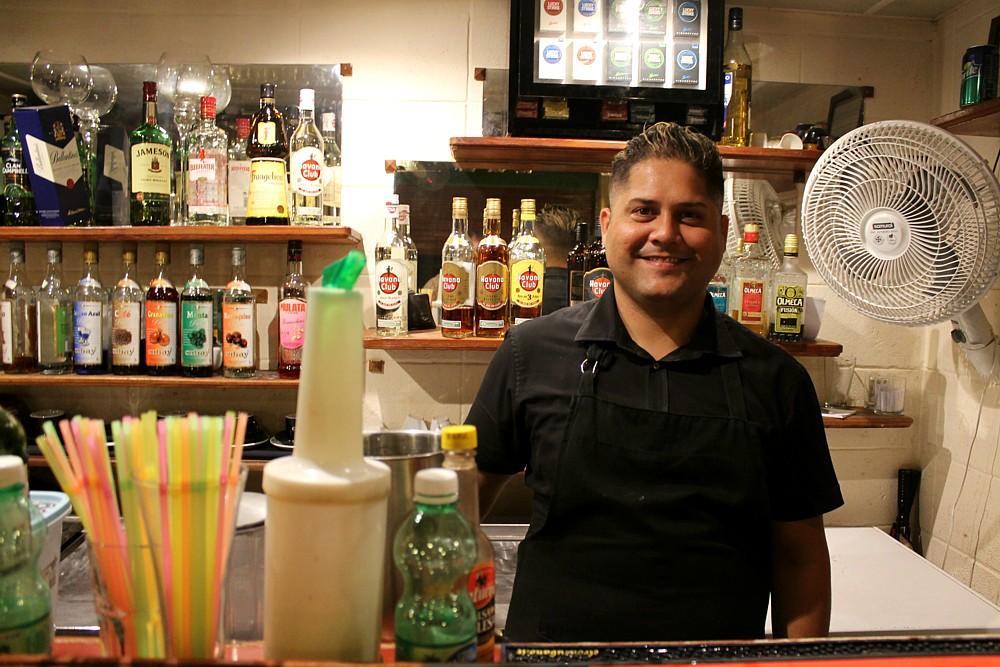Myth, Reification, Tradition, Modern
For what is a man, what has he got?
If not himself, then he has naught
To say the things he truly feels and not the words of one who kneels.
— Paul Anka, My Way
Oh! isn’t it a pity, such a pretty girl as I
Should be sent to the factory to pine away and die?
Oh! I cannot be a slave, I will not be a slave,
For I’m so fond of liberty,
That I cannot be a slave.
— Lowell Mill girls protest song in 1836 strike.
The rise of the superheroes in cinema is demonstrated by the proliferation of superhero films today and is a phenomenon that is unprecedented in culture. Many superhero films are based on superhero comics while some are original for the screen, some are based on animated television series, and others are based on Japanese manga and television shows.
This essay will look at the history and origins of superheroes in Romantic ideas, comparing them to an opposing ideology of working class heroes who compete with superheroes for the attention of the oppressed masses who are to be ‘freed’ and/or saved, especially in the 20th century.
According to Cooper Hood in Screen Rant:
2019 will be the year of superhero movies, seeing the release of a record-setting amount: a whopping eleven films. As the superhero movie craze continues, next year looks poised to be the prime example of how invested Hollywood as a whole really is. There’s the usual amount of Marvel movies, but increased output from Warner Bros. and DC, as well as some final Fox X-Men titles. All of these make up an astonishing ten confirmed 2019 superhero movies.This is nearly double the 2018 output of six live-action superhero movies: Black Panther, Avengers: Infinity War, Deadpool 2, Ant-Man & the Wasp, Venom and Aquaman.

Superheroes take their inspiration from earlier heroes such as Robin Hood and the Scarlet Pimpernel but the idea originates in Romantic ideas about heroes that save the world and the powers of the superhero.
Despite their designation as science fiction, superheroes have their ideological roots in the anti-science, individualistic philosophy of Romanticism.
What is Romanticism?
Romanticism is a movement in the arts and literature that emphasises inspiration, subjectivity, and the primacy of the individual and originated in the late 18th century. It was also a reaction to the Industrial Revolution and the Age of Enlightenment, and in particular, the scientific rationalization of nature — all components of modernity.
In the The Roots of Romanticism, Isaiah Berlin discusses the Romantic’s negative view of science:
The only persons who have ever made sense of reality are those who understand that to try to circumscribe things, to try to nail them down, to try to describe them, no matter how scrupulously, is a vain task. This will be true not only of science, which does this by means of the most rigorous generalisations of (to the Romantics) the most external and empty kind, but even of scrupulous writers, scrupulous describers of experience – realists, naturalists, those who belong to the school of the flow of consciousness, [e.g. Proust and Tolstoy] labour under the illusion that it is possible once and for all to write down, to describe, to give any finality to the process which they are trying to catch, which they are trying to nail down, unreality and fantasy will result.1Thus the Romantics fundamentally oppose the general values and objectives of science and in particular Realist and Naturalist artists who use scientific knowledge or methods to develop their art. It goes without saying then that on a philosophical level scientific ideas about the progress of mankind are also rejected by the Romantics.
Batman and "The Wanderer Above the Sea of Fog" by Caspar David Friedrich (1818)
[Thanks to Maya Nogradi]
[Thanks to Maya Nogradi]
This is because for the Romantics, “new abysses open, and these abysses open to yet other abysses.”1 However, scientists understand that new abysses open as they dig deeper into new levels of understanding. Yet, they are not afraid and they don’t throw up their hands in frustration or despair: they see these discoveries as new paths and concepts also to be explored fearlessly.
Berlin believes that one of the most influential writers against the science-based Enlightenment and who began the Romantic backlash was Johann Georg Hamann who believed, according to Berlin, that “the sciences were very well for their own purposes” but that:
this is not what men ultimately sought. If you asked yourself what were men after, what did men really want, you would see that what they really wanted was not at all what Voltaire supposed they wanted. Voltaire thought that they wanted happiness, contentment, peace, but this was not true. What men wanted was for all their faculties to play in the richest and most violent possible fashion. What men wanted was to create, what men wanted was to make, and if this making led to clashes, if it led to wars, if it led to struggles then this was part of the human lot.2This view of violence and war as irrational chaos that cannot be controlled is also an element of superhero narratives which the superhero tries to overcome.
“The Reign of the Superman”, short story by Jerry Siegel (January 1933)
Superheroes: emotions over logic
These ideas of individualism, emotion, personalised motivations and cynicism towards the concept of a progressive society are all part of the Superhero psyche. Mason Woodard writes:
One of the first Romantic elements of Batman is his motivation. He is a vigilante, sometimes hunted by Gotham Police. But the reason Bruce fights crime even in face of the law is because a common criminal murdered his parents when Wayne was just a boy. The emotion of avenging his parents and stopping this from happening drives him far more. This is an example of emotions over logic, a Romantic idea. […] One component of Romanticism embodied by Superman is to trust your instincts and emotions before logic and reasoning. Superman will often be seen saving his love, Lois Lane, or a group of kids in the midst of a massive fight, even when a logical analysis tells you to sacrifice the people and finish off the baddie (even though Superman does win in the end).Thus the personalised empathy of the superhero covers over the narcissism of a costumed attention-seeker.
The Golden Age and the Warrior
The Romantics looked back to the Golden Age of the autonomous, powerful warrior who looks after his tribe and is the earliest version of this idea – the peasant as noble savage. The Golden Age denotes “a period of primordial peace, harmony, stability, and prosperity. During this age peace and harmony prevailed, people did not have to work to feed themselves, for the earth provided food in abundance. They lived to a very old age with a youthful appearance, eventually dying peacefully, with spirits living on as “guardians”.”
There may have been some material basis for the concept of a Golden Age. Old European culture, for example, is believed to have centred around a nature-based ideology that was gradually replaced by an anti-nature, patriarchal, warrior society when Europe was invaded by the Kurgan peoples from c. 4000 to 1000 BC. It was believed to have been a tumultuous and disastrous time for the peoples of Old Europe and may have led to the concept of the Fall. The idea of a fall, the end of a Golden Age, is a common theme in many ancient cultures around the world. Richard Heinberg, in Memories and Visions of Paradise, examines various myths from around the world and finds common themes such as sacred trees, rivers and mountains, wise peoples who were moral and unselfish, and in harmony with nature and described heavenly and earthly paradises.
The Romantic view of the Golden Age was a reaction to the contemporary slave-like conditions of the working class in factories and mills. Romantic rejection of modernity was rooted in this over-rationalisation of the worker and its affect on the human spirit. This rationalisation could be seen as the continuation of earlier slavery but in a modern day form as ‘wage slavery’.
Friedrich Nietzsche
‘Supermen’ or ‘Übermensch [Overmen]’
This modern slavery had a profound affect on Nietzsche who defined the first ‘Supermen’ or ‘Übermensch [Overmen]’ (super – Latin: over/beyond) as a goal humanity can set for itself. The Overman would be a new human who was to be neither master nor slave and all human life would be given meaning by how it advanced a new generation of human beings. Like Marx, Nietzsche recognised the social uses of religion to divert attention and action away from the exploitative nature of the social and economic system itself. The individualism of Nietzsche’s ideas also attracted the anarchists. According to Spencer Sunshine:
There were many things that drew anarchists to Nietzsche: his hatred of the state; his disgust for the mindless social behavior of ‘herds’; his anti-Christianity; his distrust of the effect of both the market and the State on cultural production; his desire for an ‘overman’ — that is, for a new human who was to be neither master nor slave; his praise of the ecstatic and creative self, with the artist as his prototype, who could say, ‘Yes’ to the self-creation of a new world on the basis of nothing; and his forwarding of the ‘transvaluation of values’ as source of change, as opposed to a Marxist conception of class struggle and the dialectic of a linear history.
William Bell Scott Iron and Coal (1855–60)
While Marx and the Anarchists had opposing views on the role of the state, what Marx did have in common with anarchist thinkers like Mikhail Bakunin and Peter Kropotkin was the belief that wage slavery was a class condition in place due to the existence of private property and the state. This class situation was based on the lack of direct access to, or ownership by workers of, the means of production.
Henceforth the working class took to the stage as social classes started lifting themselves up particularly in the aftermath of the revolutions of the 19th and 20th centuries.
In the 20th century the battle was on for who would become the saviours of the oppressed – the fictional superheroes who fought crime or working class leaders who advocated social change? On a philosophical level the battle between Romanticism and Enlightenment ideas resurfaced between elite individualism and the opposing collectivist historical materialism of Marx.
James Connolly (1868 – 1916)
In Ireland, for example, the changing relationship between the master and the slave could be seen in the formation of the Irish Citizens Army (ICA) by James Larkin, James Connolly and Jack White on 23 November 1913. Connolly wrote of the ICA in Workers’ Republic in 1915:
An armed organisation of the Irish working class is a phenomenon in Ireland. Hitherto the workers of Ireland have fought as parts of the armies led by their masters, never as a member of any army officered, trained and inspired by men of their own class. Now, with arms in their hands, they propose to steer their own course, to carve their own future.James Connolly, an Irish working class hero, led the ICA into a failed uprising against British colonialism in 1916 and was executed by the British not long after. He was a self-taught scholar, a socialist, and an outstanding Labour leader of Ireland. While some may see the uprising as a failed Romantic gesture this could not be further from the truth from Connolly’s philosophical and ideological perspective.
Irish Citizens Army
Superhero reified
Ultimately the question has to be asked – do superheroes ‘save’ the people? Of course, they are symbolic heroic figures and so do not save anyone. Is it possible then to become a real life ‘superhero’? This idea is developed in the film Kick-Ass where a fictional ‘reification’ of the superhero concept happens. Kick-Ass “tells the story of an ordinary teenager, Dave Lizewski (Aaron Johnson), who sets out to become a real-life superhero, calling himself “Kick-Ass”. Dave gets caught up in a bigger fight when he meets Big Daddy (Nicolas Cage), a former cop who, in his quest to bring down the crime boss Frank D’Amico (Mark Strong) and his son Red Mist (Christopher Mintz-Plasse), has trained his eleven-year-old daughter (Chloë Grace Moretz) to be the ruthless vigilante Hit-Girl.”
While initially Kick-Ass is constantly getting his ass kicked by thugs precisely because he does not have super powers, he eventually saves the day by arriving on the scene strapped to a jet pack fitted with miniguns and kills the remaining thugs. Thus, in the ‘real world’ Kick-Ass has to resort to ‘real weapons’ and falls into the normal superhero pattern of solving crimes with the usual extra-juridical killing and cathartic ending.
Problems of Romanticism
Overall then, there are different problems associated with superheroes, particularly from the point of view of the very people to be saved. At first, in an era of socio/political cynicism and helplessness in the face of poverty, corruption and crime, superheroes are cathartic as we purge our emotions watching the difficulties they have ‘solving’ our problems. In this way action is shifted sideways as we wait for a hero to arrive rather than being active ourselves.
Secondly, the ideology of superheroes comes from above, from elites, and not from below, from the masses themselves and therefore is directed towards the agendas of elites. Superheroes are bourgeois vigilantes who ultimately do not question the structure of society itself but merely try and solve the problems created by structural inequality. Emotions are poured into superhero individualists who battle against crime while diverting attention away from questions of collective control of society and progress.
Thirdly, they represent the anti-logical emotionalism of Romanticism, itself a reaction to science and enlightenment. While described as science fiction, superheroes are given fanciful powers that have more in common with the ancient Greek gods than modern science.
To give them credibility in providing results for the struggling oppressed, superheroes must have super powers, (as people know you need more than an individual poor-man’s resources to battle against the system itself), ergo, the need ultimately for the superpower of working class solidarity and collectivist action to bring about real changes in society.
Notes
[1] The
Roots of Romanticism: Second Edition (The A. W. Mellon Lectures in the
Fine Arts) (Princeton Uni Press, Princeton, 2013) by Isaiah Berlin
(Author), Henry Hardy (Editor), John Gray (Foreword), p140
[2] The
Roots of Romanticism: Second Edition (The A. W. Mellon Lectures in the
Fine Arts) (Princeton Uni Press, Princeton, 2013) by Isaiah Berlin
(Author), Henry Hardy (Editor), John Gray (Foreword), p140
[3] The
Roots of Romanticism: Second Edition (The A. W. Mellon Lectures in the
Fine Arts) (Princeton Uni Press, Princeton, 2013) by Isaiah Berlin
(Author), Henry Hardy (Editor), John Gray (Foreword), p50
Caoimhghin Ó Croidheáin is an Irish artist, lecturer and writer. His artwork consists of paintings based on contemporary geopolitical themes as well as Irish history and cityscapes of Dublin. His blog of critical writing based on cinema, art and politics along with research on a database of Realist and Social Realist art from around the world can be viewed country by country here. He is a Research Associate of the Centre for Research on Globalization.





